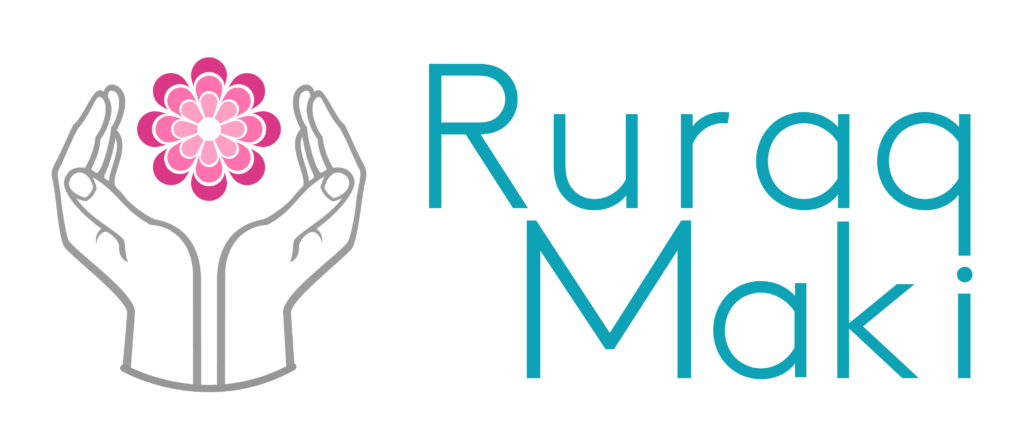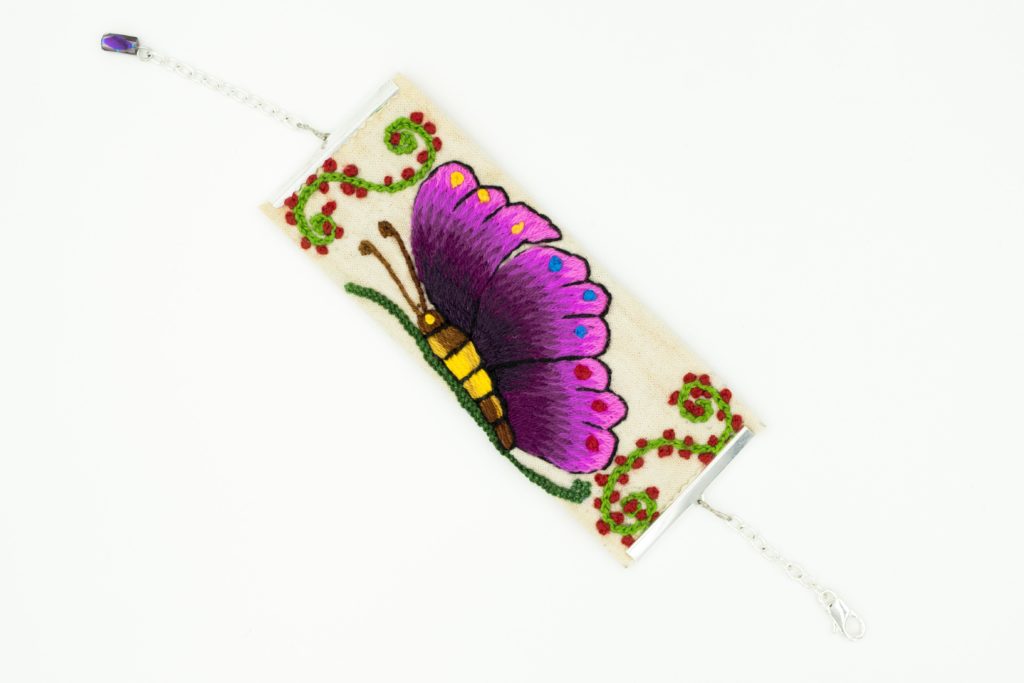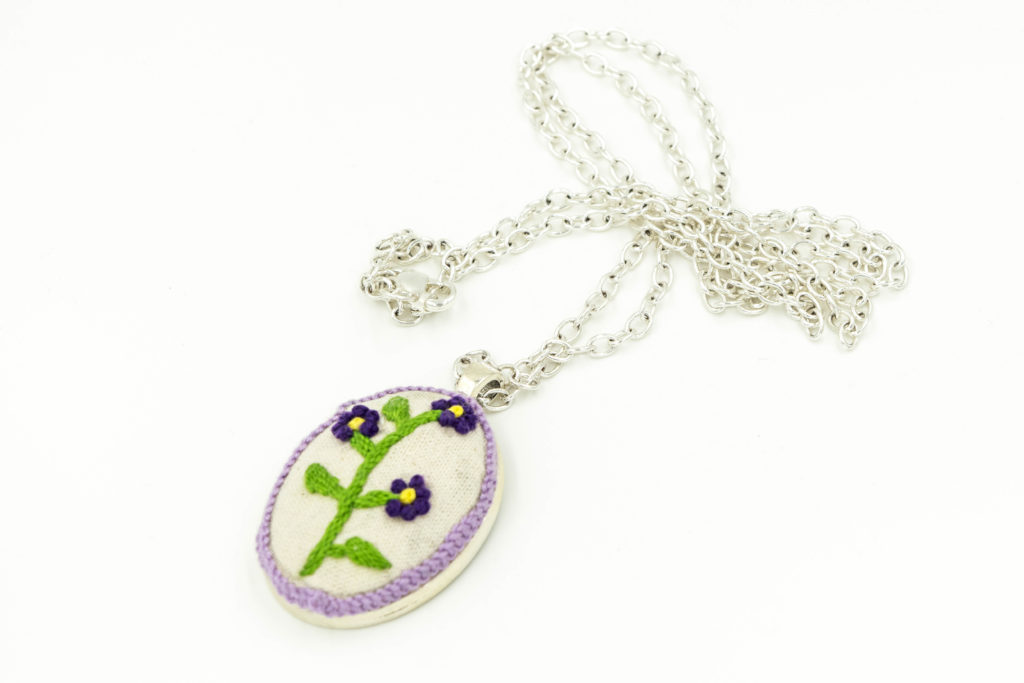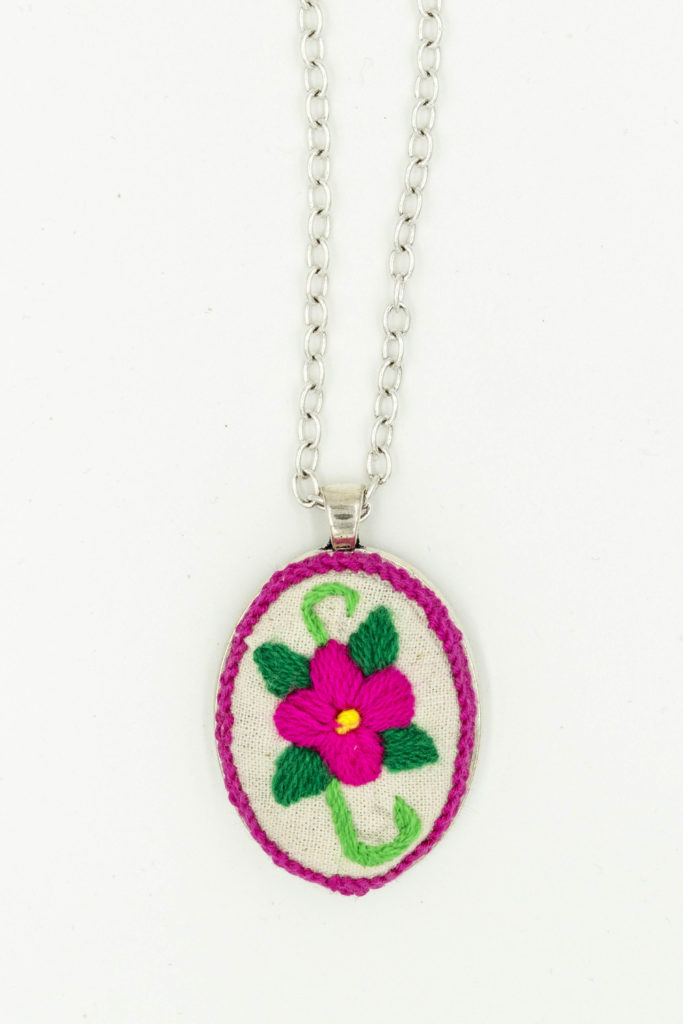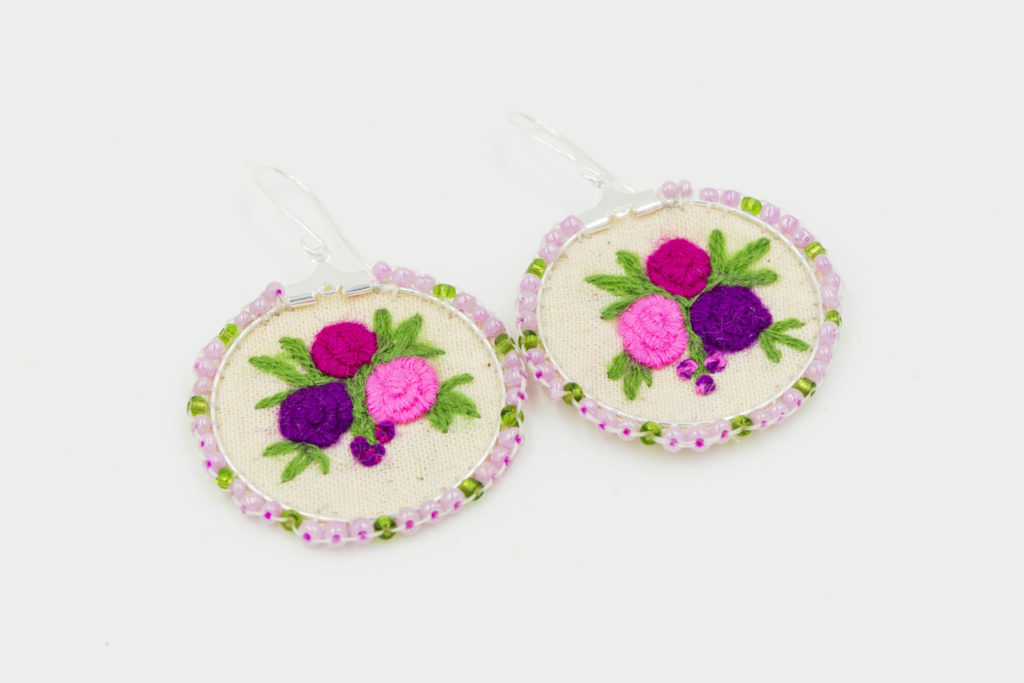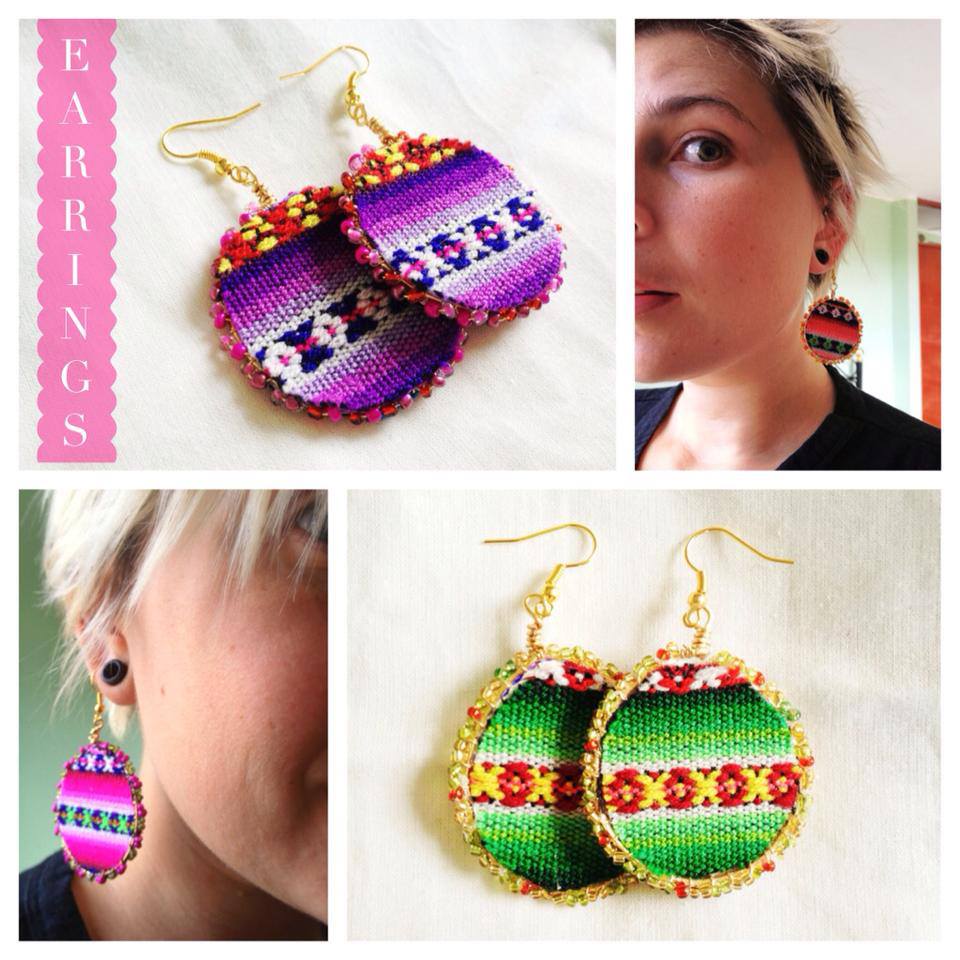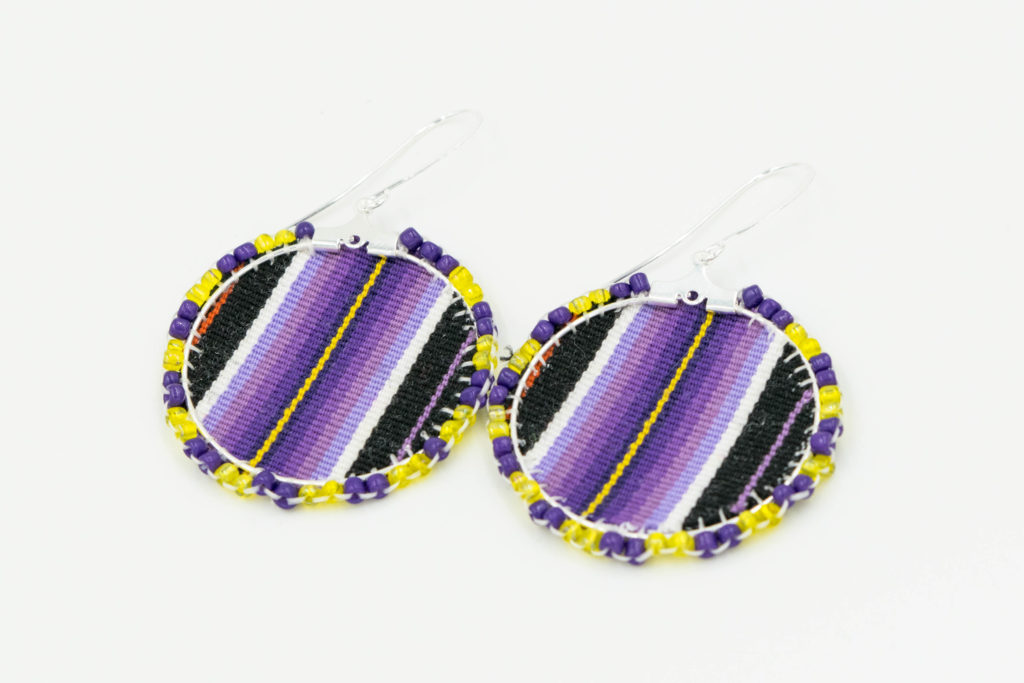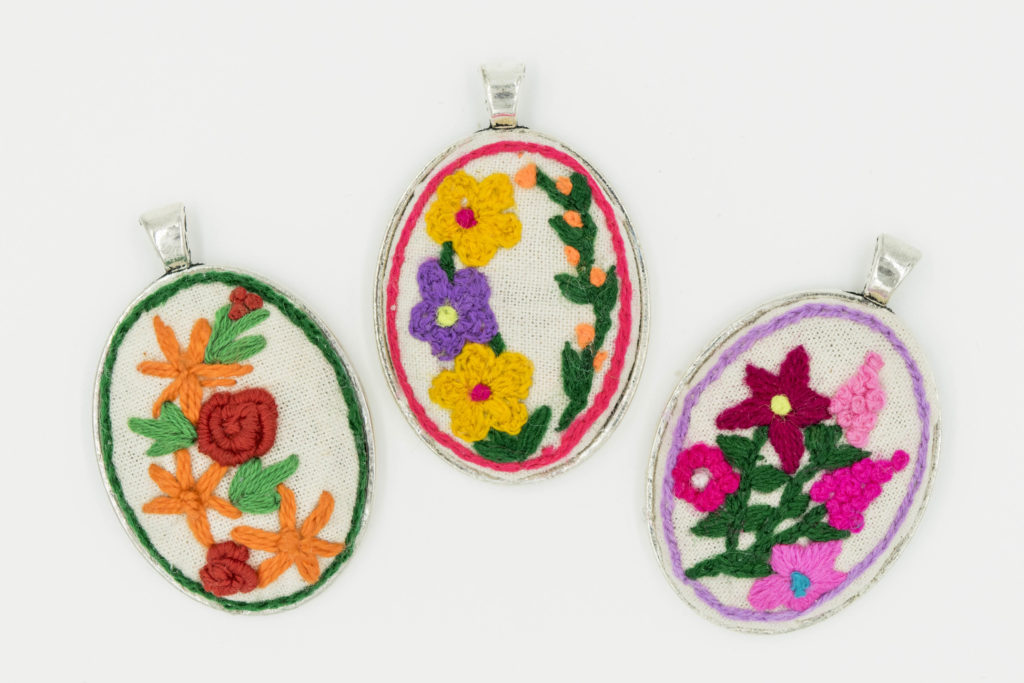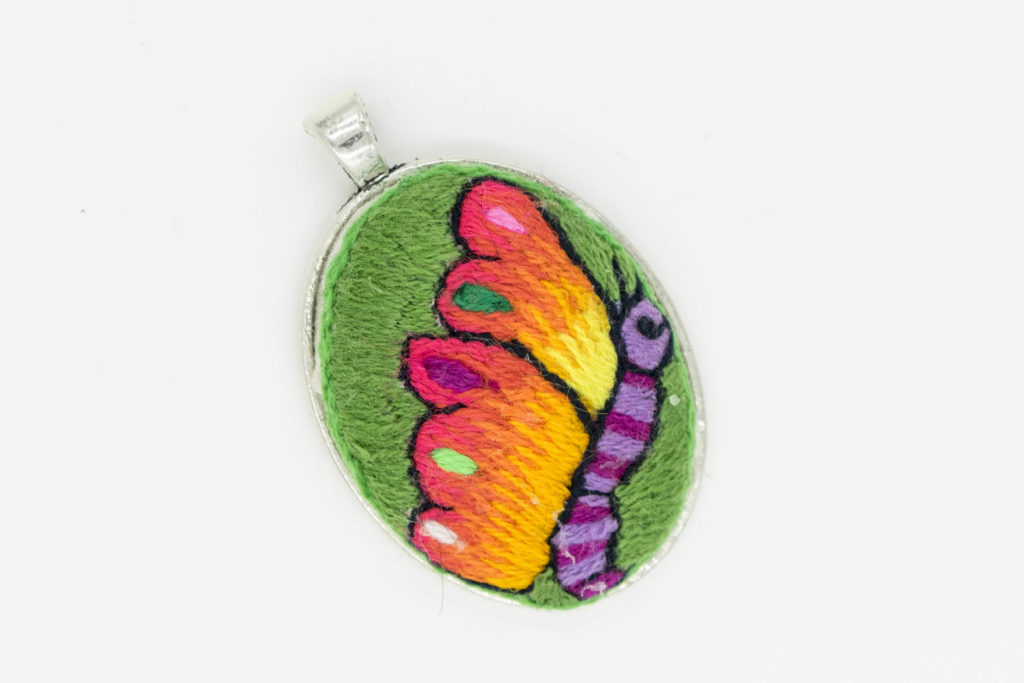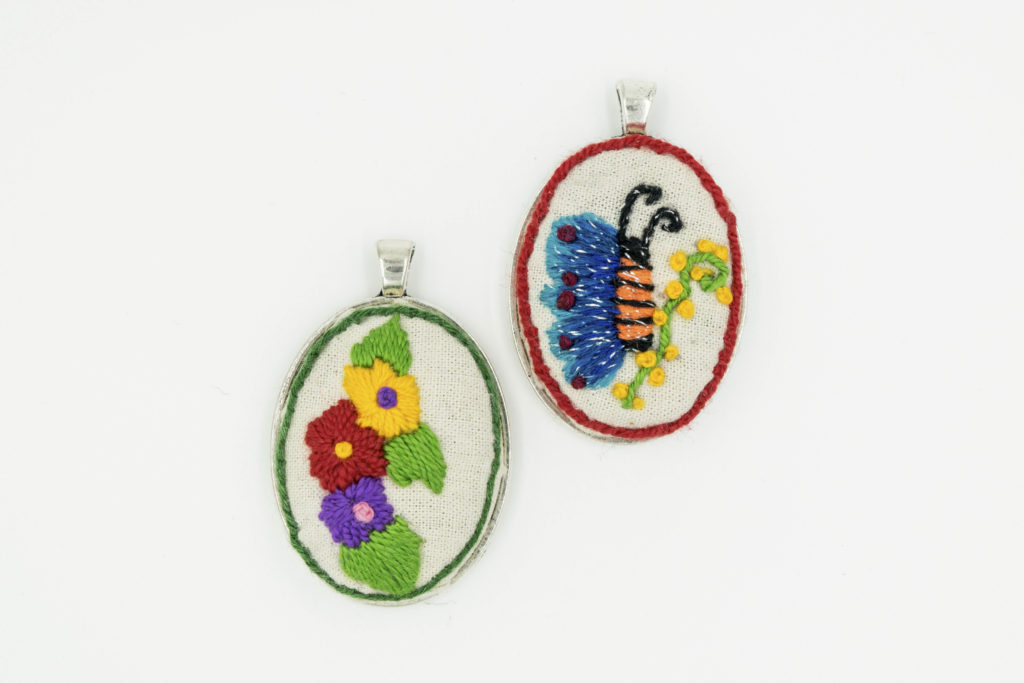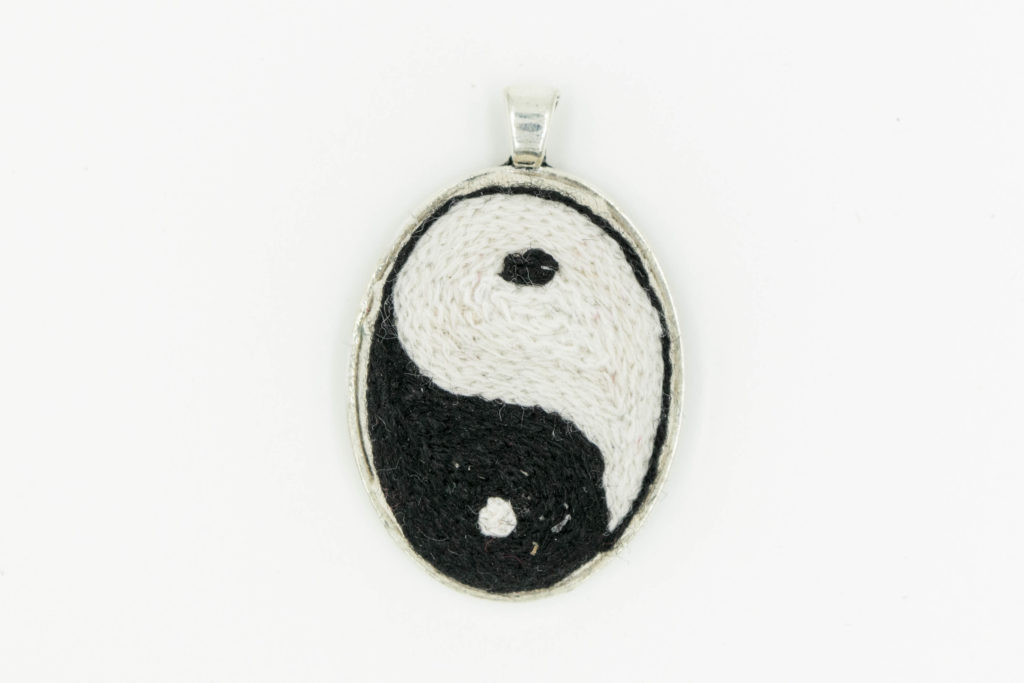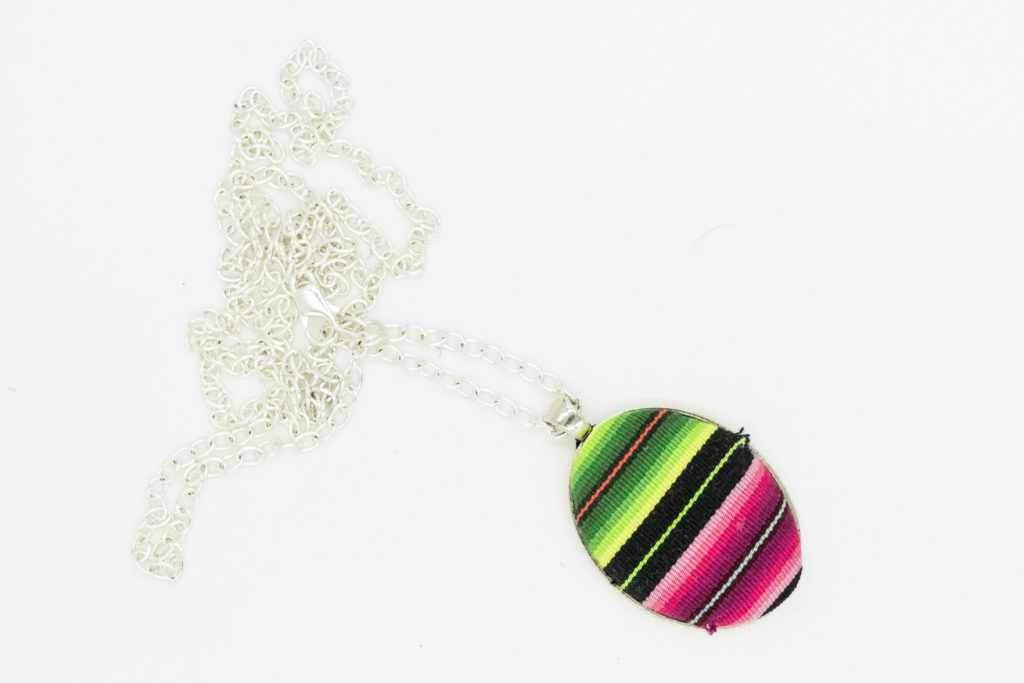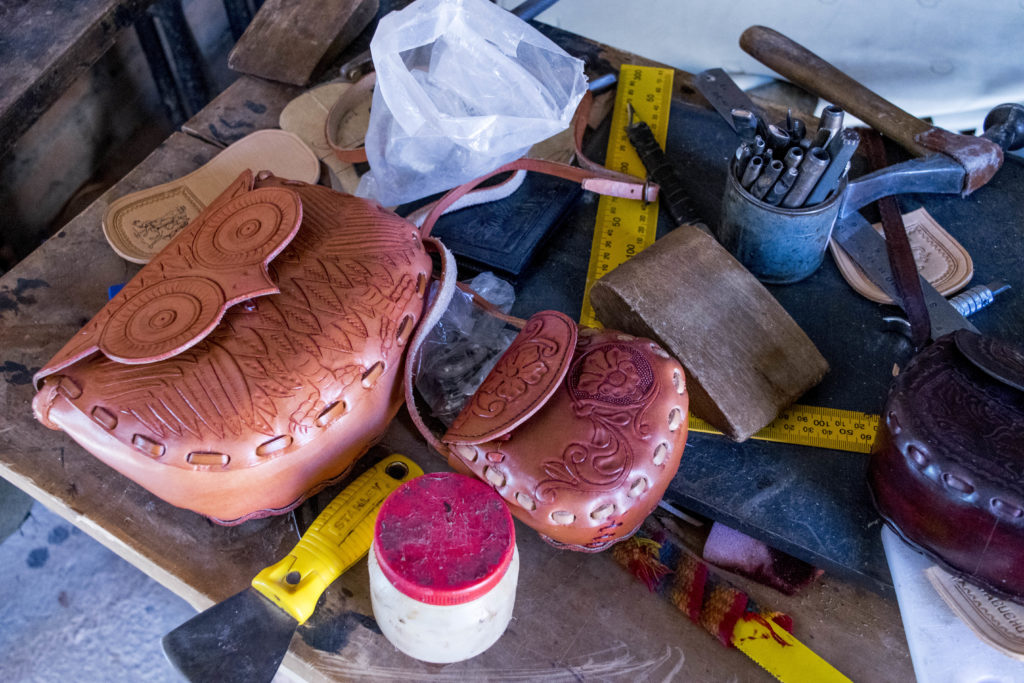I was thrilled to arrive for class today to see that the women had finished their embroidery for their bracelets. We were all eager to get to start constructing the pieces when we discovered there was no electricity in the women’s area. Since the class project required a iron we were at a standstill for the first 1 1/2 hours of the class.
While we waited, the women continued to work on embroidery for various class projects they wanted to make again. At one point it was just me and Elizabeth at the table and she started to tell me about how she wanted to go the U.S. after she is released to teach embroidery to people. “But,” she said, “I don’t think they will give me a VISA because I am here.” Then she told me her story:
“I started working when I was 9 years old. I worked in a woman’s home. I cleaned, I learned to cook, and I took care of the household and the babies. I am the fifth of eight children. My mom didn’t have the money to pay for my school so I paid for my entire schooling myself. In the mornings I worked right up until I left for school. Then in the afternoons I went to school and studied. I finished secondary school.”
Elizabeth was arrested after being in a stopped car with her in-laws, who were trafficking drugs. She didn’t know there were drugs in the car and was getting a ride back to Ayacucho after visiting her in-laws. The in-laws claimed she was involved too, hoping it would reduce their sentence and she received a 13 year prison term.
“Now I want to study to be a lawyer. It’s because of my experience. I didn’t know anything about the drugs or make a single cent from drugs, but I’m here. The lawyers are in favor of the state. They don’t defend you, they just want you to get sentenced. You can get a lawyer to defend you, but you have to pay. The lawyers just care about money. I want to be a lawyer who fights for people.”
However, she also recognizes the reality of being incarcerated.
“Now, I have a mark on me. When I leave, no one will want to hire me because I’ve been here. For the rest of my life, I will have this on my record and people will judge me.”
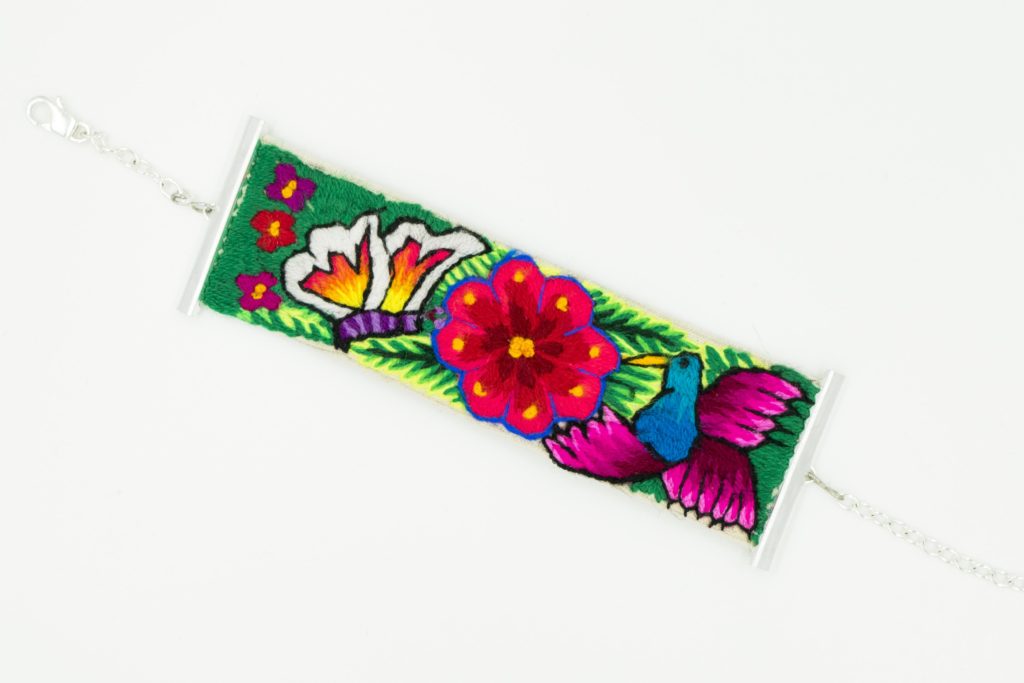
Embroidered butterfly and hummingbird bracelet by Marleny
I’ve noticed that this trip the women have been embroidering butterflies. As Elizabeth told me her story, and her dreams and hopes, the transformative power of the butterfly came to my mind. They begin as tiny creatures, so easily crushed, yet through their metamorphosis they become something even more beautiful that cannot be held back. They achieve freedom.
Everyday the women are working towards this freedom, not just from the prison, but from what society and the stigma of incarceration tells them they can be. Everyday they are building their cocoon, so that when they are released, they can fly.
